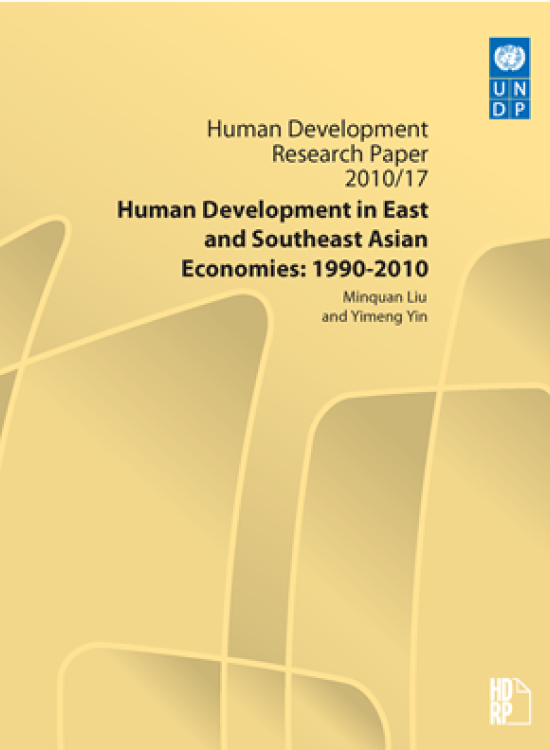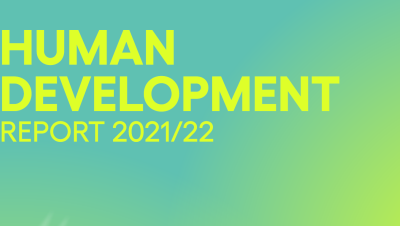Human Development in East and Southeast Asian Economies: 1990-2010

Download Report by Language
Document
hdrp201017.pdf
(2.92 MB)
Citation
Liu, Minquan, Yin, Yimeng. 2010. Human Development in East and Southeast Asian Economies: 1990-2010. New York.
Human Development in East and Southeast Asian Economies: 1990-2010
Posted on: January 01, 2010
This report reviews patterns and trends in human development (HD) in East and Southeast Asia (ESA) since 1990, analyzes causes and consequences of this development, highlighting both structural and institutional factors, and identifies the basic principles for durable enhancements in HD. The basic arguments are that most ESA economies have experienced rapid socioeconomic structural changes through industrialization and urbanization in the last two decades. From a HD perspective, these processes offer enormous room for expanding people's capabilities. However, to successfully seize such opportunities, appropriate institutions and public policies are needed, and so is public participation in policy making and implementation. Public policies are also important for equitable distribution of the expanded opportunities, which in turn contribute to the legitimacy of institutions and social cohesion. And while industrialization does often cause more environmental pollution, technological advances also offer the means to reduce such pollution, so long as appropriate environmental policies are implemented to ensure the use of such cleaner technologies. Subject to such appropriate public policies, in net terms industrialization and urbanization should expand people's capabilities and ensure sustainable HD. Six principles are critical to a successful HD strategy: agricultural and rural development to facilitate structural transformation and to increase employment; human capital accumulation to promote continued economic and income growth; inclusive urbanization to reduce dualism and enhance social integration; cleaner industrialization to ensure sustainability; people's participation and empowerment to improve decision making and governance; closer regional and international cooperation to ensure a better future for all on our fragile planet.

